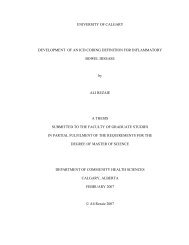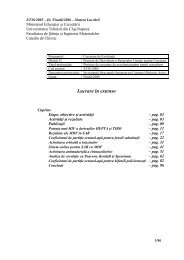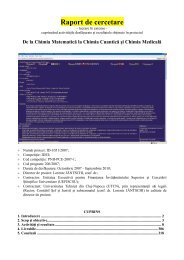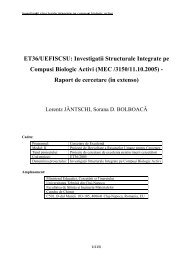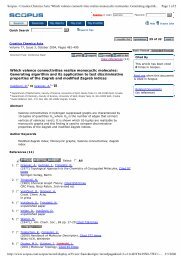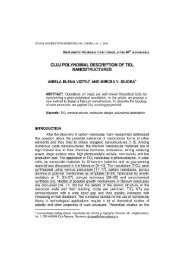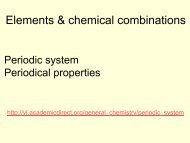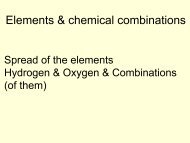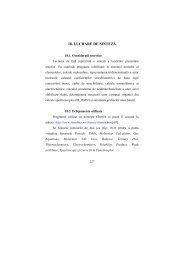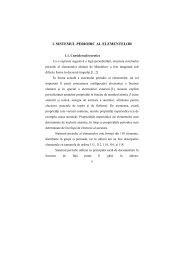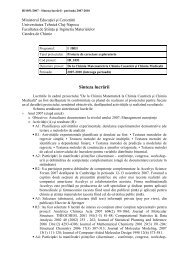Polyatomic Ions and Their Charges (it takes up two pages…just ...
Polyatomic Ions and Their Charges (it takes up two pages…just ...
Polyatomic Ions and Their Charges (it takes up two pages…just ...
You also want an ePaper? Increase the reach of your titles
YUMPU automatically turns print PDFs into web optimized ePapers that Google loves.
? Tripolyphosphate P3O10 -5<br />
-5 Charge<br />
* means that they’re pretty common / important ones…learn these<br />
? means Dusch has never used these but found them in a reference <strong>and</strong> though he’d include them<br />
A rule or <strong>two</strong> about polyatomic ions<br />
From –ate…adding an oxygen makes per- -ate…taking away an oxygen (from the original –ate) makes<br />
–<strong>it</strong>e…taking away another oxygen makes hypo- -<strong>it</strong>e…<br />
An example: Hypochlor<strong>it</strong>e ClO -1<br />
Chlor<strong>it</strong>e ClO 2 -1<br />
Base ion → Chlorate ClO 3 -1<br />
Perchlorate ClO 4 -1<br />
Taking an –ate <strong>and</strong> adding hydrogen to <strong>it</strong> makes “hydrogen –ate” <strong>and</strong> adds +1 to the charge…adding another<br />
hydrogen makes “dihydrogen –ate” <strong>and</strong> adds another +1 to the charge…(also works for –<strong>it</strong>e’s becoming<br />
“hydrogen –<strong>it</strong>e” or “bi- -<strong>it</strong>e” by adding one hydrogen or “dihydrogen –<strong>it</strong>e” by adding <strong>two</strong> hydrogens)…<br />
An example: Phosphate PO4 -3<br />
Hydrogen Phosphate HPO4 -2 (sometimes called “biphosphate”)<br />
Dihydrogen Phosphate H2PO4 -1




